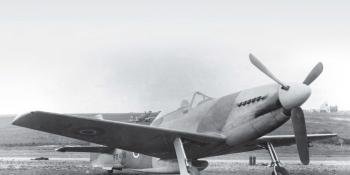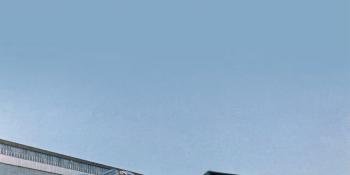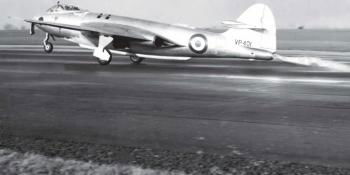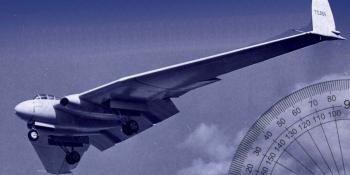Tony Buttler describes how a private-venture research airframe became an exceptional warplane
Men Behind the Harrier
Harrier, a quintessentially British invention, can trace its origins to a Frenchman. Michel Wibault proposed an attack aircraft called the Gyroptère in 1956. This was to be powered by a Bristol Orion turboprop and had two swivelling centrifugal compressors on each side to provide a vertical take-off capability. The complex Gyroptère created a lot of interest, in particular with Bristol Engines’ technical director Stanley Hooker, who could see promise in the concept.
Hooker and colleague Gordon Lewis substituted the Orion for the smaller Orpheus turbojet. The four compressors were replaced by a large front axial compressor with a single rotating nozzle to each side: the conventional tail pipe was later split into two more rotating side nozzles.
Design work on the P.1127 was formally started in 1957
The big step forward was to use the engine airflow to provide the vertical thrust through the rotating nozzles. For lift the nozzles would face vertically downwards and after takeoff they would be rotated (vectored) rearwards to provide forward thrust. This lift/cruise engine design was refined …





